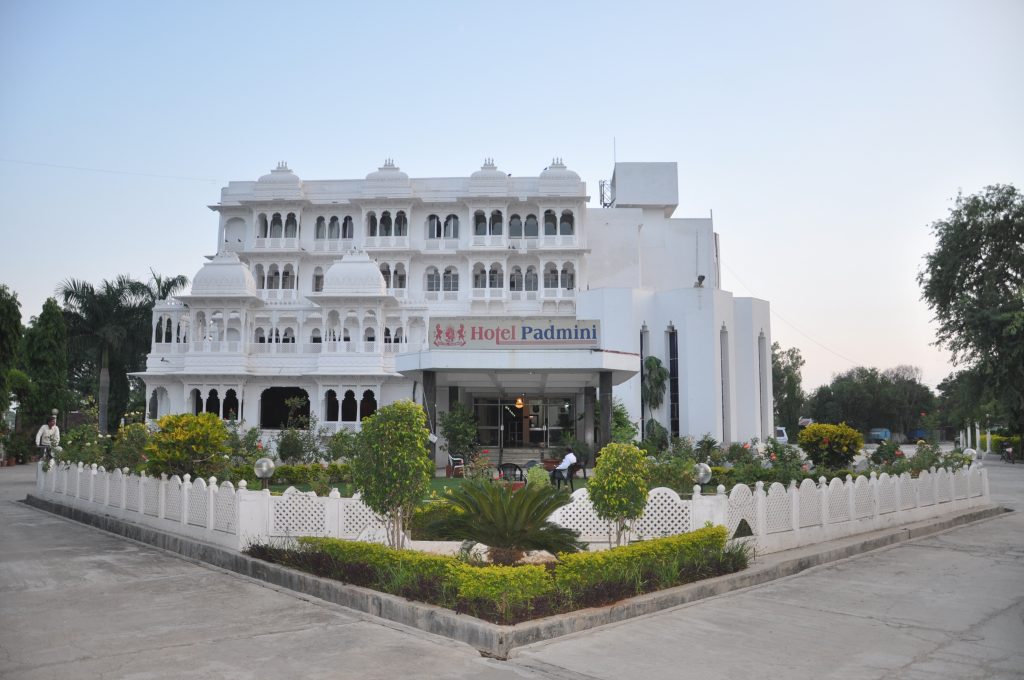- Private car and driver in Delhi / India
- +91-8447445445
- info@discoverindiabycar.com sugar.ankit@yahoo.com
 +91-9818434712
+91-9818434712
Chittorgarh
Chittorgarh is home to the Chittor Fort, Asia’s and India’s largest fort. The first time was by Alauddin Khalji in 1303; the second time was by Bahadur Shah of Gujarat in 1535; and the third time was by the Mughal Emperor Akbar in 1568. Hindu Rajput kings fought valiantly to maintain their kingdom’s independence.
Climate
Summer time temperatures typically range from 43.8°C to 23.8°C. Winter lasts from October to February. The winters in Chittorgarh are quite cool. The range of the temperature is from 28.37° C to 11.6° C.
Location
The coordinates of Chittorgarh are 24.88°N 74.63°E. Its typical elevation is 394 metres (1292 ft). In the northwest region of India, in the state of Rajasthan, Chittorgarh may be found. It is situated next to the Gambhiri River next to a tall hill. In the southeast of Rajasthan state, Chittorgarh is situated between 74° 12′ and 75° 49′ east longitudes and 23° 32′ and 25° 13′ north latitudes. The district covers 350.8 square kilometres of land, or 3.17 percent of Rajasthan State.
History of Chittorgarh
Chittorgarh, Rajasthan’s pride, still echoes with tales of its glorious but turbulent past. It is a land where chivalry, sacrifice, and honour have always been revered. Today, the only relics of those glorious times are the ruins of forts, palaces, and temples that have managed to retain their original grandeur. Chittorgarh has seen some of the bloodiest battles ever fought on Indian soil. The city itself was ravaged three times, beginning with Alauddin Khilji’s attack in 1303 AD and ending with Bahadur Shah’s attack in 1533 AD. Mughal Emperor Akbar attacked the city a third time and destroyed the Chittorgarh fort. After that attack, the fort was never inhabited again.
When Chittorgarh was attacked, its valiant people left no stone unturned in defending their honour until their last breath. While the men rode out to meet their opponents on the battlefield, the women and children would light a massive pyre and immolate themselves to escape the marauding enemy. Chittorgarh is now associated with the tragic story of Queen Padmini, who chose death over dishonour by committing ‘Jauhar,’ or self-immolation, alongside other women. Alauddin Khilji was so taken with her beauty that he attacked Chittorgarh with the sole intention of possessing her. However, queen Padmini foiled his plans by making the courageous decision to face death before allowing him to complete his goal.The spirit of sacrifice can still be found among the ruins of Chittorgarh. In fact, a trip to this city is truly an experience to remember for a lifetime.
How to Travel Chittorgarh?
You can hire private car and driver from delhi to visit Chittorgarh. Discover India By car provide guided and custom tour packages for Chittorgarh. One the the best tour package for Bikaner by private car and driver is Desert Treat Package by discover India by car.
Places to Visit in Chittorgarh
Stambh, Vijay
The Vijay Stambh, also known as the “Victory Tower,” stands 37 metres tall. It was built in 1440 AD by Maharaja Kumbha to commemorate his victory over the Muslim rulers of Malwa and Gujarat.
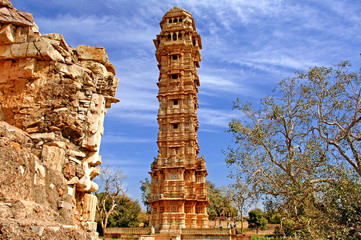
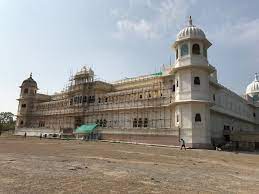
Museum of Fateh Prakash
This museum is housed within Chittorgarh Fort. It was founded in 1968 and houses a large collection of sculptures and other royal memorabilia.
Stambh, Kirti
The Stambh, which stands 22 metres tall, was built in the 12th century AD by a wealthy Jain merchant. It is named after Adinathji, the first Jain Tirthankara.
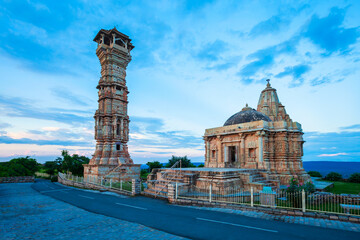
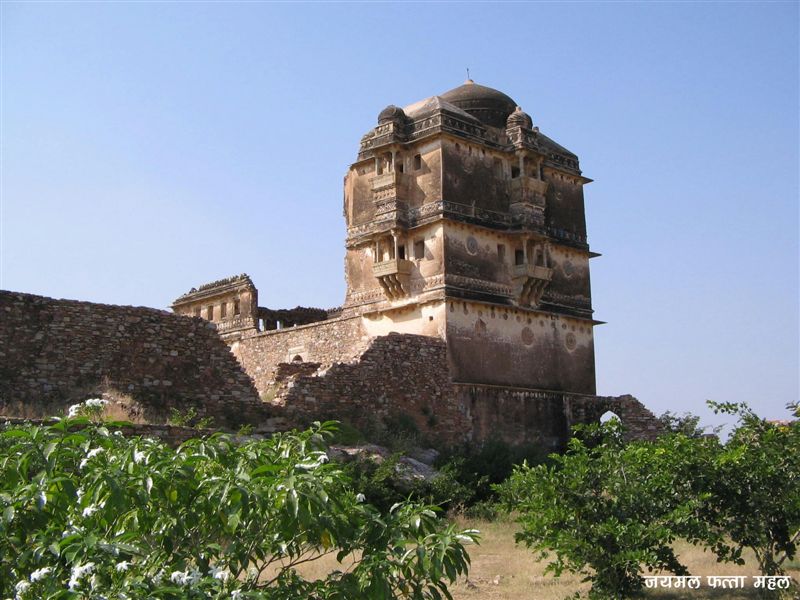
Palaces of Jaimal and Patta
Despite being in ruins, these palaces still reverberate with stories of valour and sacrifice.
Temple of Kalika Mata
The Kalika Mata temple, which was originally built as a Sun Temple in the 8th century, was later dedicated to Goddess Kali, the symbol of power and valour.
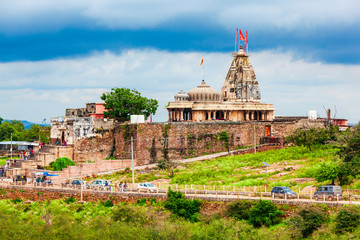
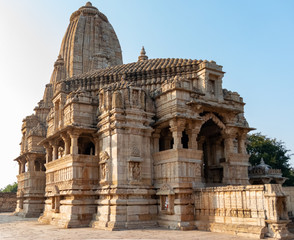
Temple of Meera Bai
This lovely temple is constructed in the north Indian style, with an open colonnade around the sanctum and four small pavilions in each corner.
Fort Chittorgarh
The Chittorgarh Fort, which was built in the 7th century AD, covers an area of 700 acres. Padam Pol, Bhairon Pol, Hanuman Pol, and Ram Pol are four magnificent gates that speak volumes about their creator’s artistic prowess. The fort’s palaces and temples are mostly in ruins, but they still exude a regal aura.
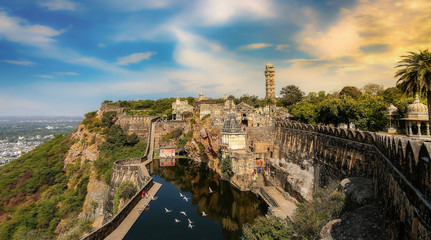
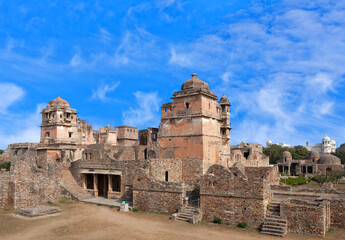
The Palace of Rana Kumbha
The ruined palace is thought to have underground cellars where Rani Padmini and other women committed the ‘Jauhar’ act.
Padmini's Residence
This palace was built for Queen Padmini, whose stunning beauty prompted Allauddin Khilji to invade Chittorgarh.
